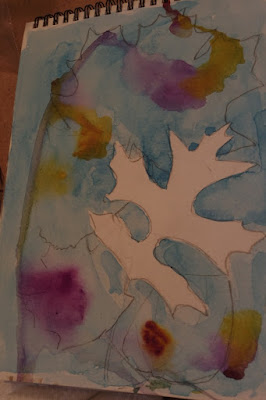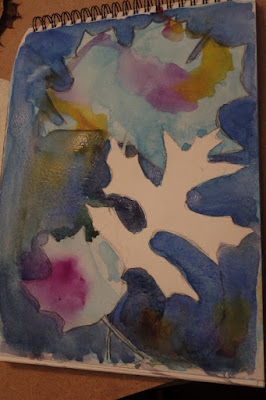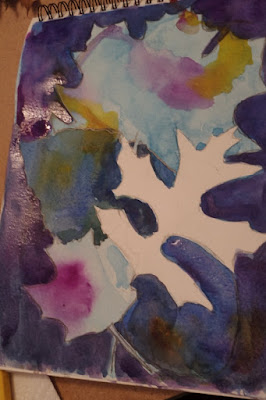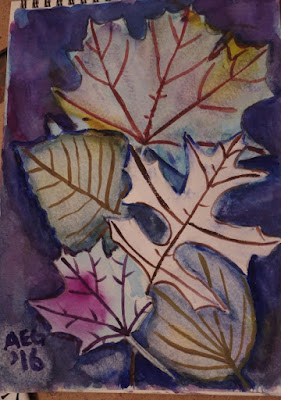It’s November, and the weather certainly experiences abrupt shifts. It was much colder today than yesterday and it has been raining off and on. Today, I listened to a webinar about the hemlock wooly adelgid. The hemlock wooly adelgid is an aphid-like, invasive insect that threatens entire forests of hemlock trees. Hemlock trees (tsuga) are conifers from the pine family. The two most common types of hemlock are the eastern hemlock and the western hemlock. Dr. Elizabeth Benton, a forest health outreach specialist from the University of Georgia, said that the hemlock tree has a “distinctive ecological niche.” It tolerates shade. It can be found throughout the east, from Georgia to Canada. It is a slow growing tree that lives a long time. Its ecological role cannot be replaced by another species.
The insect that is threatening the hemlock trees in the eastern part of North America, the hemlock wooly adelgid, came from Japan and was brought here by accident. It was first discovered in the 1950s in Richmond, Virginia. It was found to be in New York by the 1980s. The first infestations were in Long Island. Since then, the insects have traveled west to the Catskill Mountains, the Hudson Valley, the Rochester area, and the Finger Lakes. Two types of hemlock trees, the eastern hemlock and the Carolina hemlock, have suffered the most devastation.
The hemlock wooly adelgid has also been spotted in the west, and it ranges from northern California to Alaska. It was first discovered in British Columbia in the 1920s. The damage in the west has been minimal, however. It seems that west coast trees are much more resistant to the effect of the hemlock wooly adelgid than are east coast trees. The species of hemlock that are most common in the west are mountain hemlock and western hemlock.
Symptoms of infestation include graying foliage, thinning canopy (the tops of the trees), and dead branches. The last symptom, unfortunately, is a dead tree.
Dr. Benton talked about several management options for infested hemlock forests, including treating with insecticides or horticultural oils or biological controls. The last management option would be to do nothing, but that would invariably lead to dead trees.
After the webinar, it was time for another rainy day activity. I went outside and collected a few leaves from the garden so that I could make a painting. This is called a “negative space painting.” I drew several leaves and then started painting layers.
 |
| Here is the first layer. It is a light blue wash with a few colors added. |
 |
| In the next layer, more leaves become apparent. The second layer is a darker shade of blue. |
 |
| The third layer is purple. |
 |
| Here is the completed painting, with details added. |
This is a really neat picture. I would like to duplicate this technique with my kids! I showed my daughter how to color rub over a leaf and she was amazed.
This is a really neat picture. I would like to duplicate this technique with my kids! I showed my daughter how to color rub over a leaf and she was amazed.